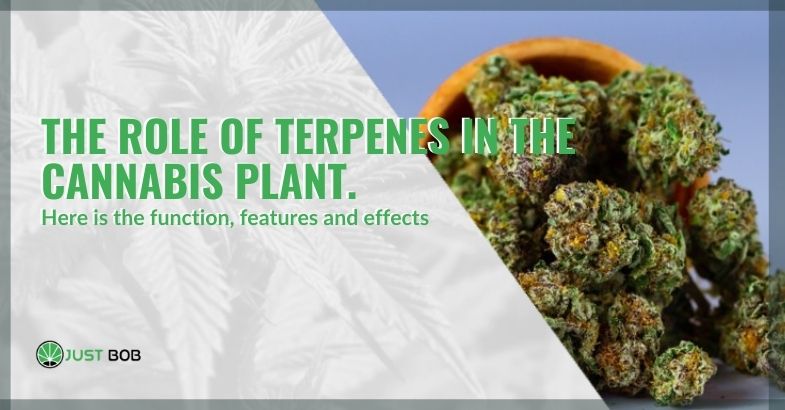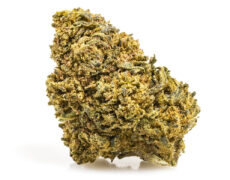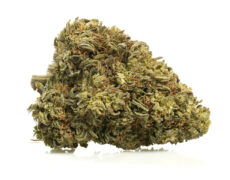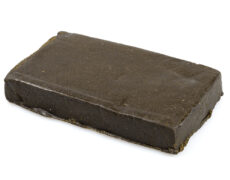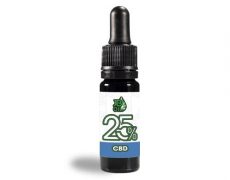Modified on: 02/04/2024
Do you know about terpenes and their function on hemp plants? Here are the main properties.
When you hear about marijuana or legal cannabis, discussions generally tend to focus on THC, CBD and their effects.
In reality, however, marijuana is a plant that contains many, if not hundreds of components. It has only recently been discovered that even terpenes have a prestigious role to play in creating new species among all these substances.
It is the role of terpenes in cannabis plants.
Terpenes: what are they?
Before we understand what role terpenes can play in cannabis plants and CBD flowers, if you have never heard the word, it is time to clarify what we are talking about.
Terpenes are essentially groups of aromatic molecules that are also present in many other plants in addition to cannabis and legal cannabis.
Wondering what they are used for?
Plants develop them to defend themselves, protect themselves from bacteria, fungi, and parasites, and attract their allies for pollination.
To give you a more precise idea of what we are talking about, these are the same substances that give mint, lavender, lemongrass, etc. aromas.
They are aromatic molecules that are taken daily in food and found in cosmetics. Of course, in this article, we will only focus on the terpenes that concern cannabis, and there are more than 200 of them!
Curiosities and discoveries about terpenes.
As we mentioned in the previous paragraph, terpenes are aromatic particles, which give each type of cannabis a particular scent and aroma.
There are terpenes with a fruity aroma, others with a mint flavour, others with an earthy taste, and others with a scent reminiscent of diesel.
It has only recently been discovered that terpenes are much more than just scents.
They play a co-starring role with THC and CBD, which affects the effects of marijuana on the user.
Recent studies have shown that hemp contains 200 different types of terpenes, and each of them has a different molecular structure and various effects.
You will be surprised to know that in hemp, terpenes are produced by trichomes, which are small glands located on both the leaves and the flowers. These are the same glands that produce both THC and CBD.
Because of this, it seems incredible that discoveries about terpenes were made until recently. People thought that their function should be attributed solely to a sensory and aromatic problem.
Today, it has even been discovered that terpenes and cannabinoids interact with each other. This process has been called “entourage”, but we want to talk about this later.
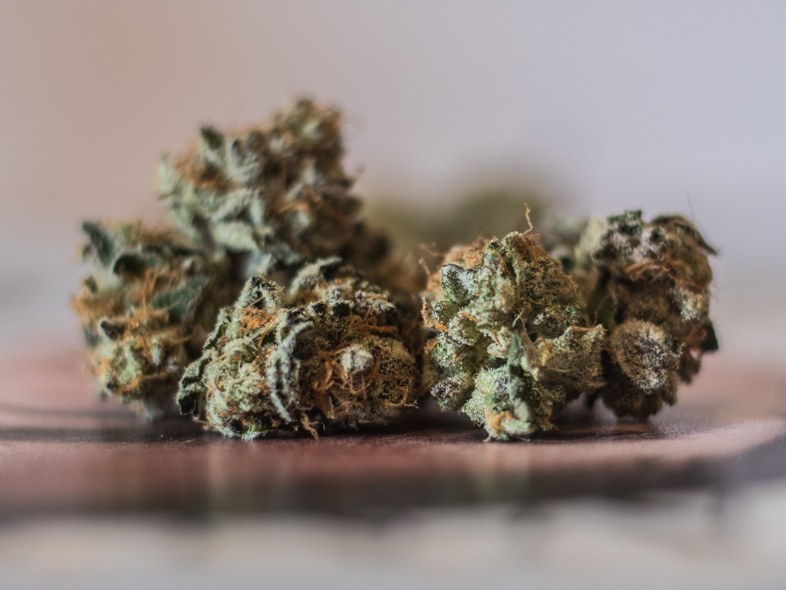

Effects of cannabis and terpenes: why are they closely related?
Now that we have discovered that the terpenes in light, THC-rich cannabis play an essential role among the various substances that cannabis contains in nature. It might be interesting to investigate other aspects.
For example :
Why can a plant produce more or less terpenes?
How do these have a significant impact on different varieties of marijuana?
The amount and type of terpenes produced by each cannabis plant, whether it is high THC or legal CBD weed, depends on several external factors but does not rely on the plant’s variety.
The terpenes developed by a marijuana plant depend mainly on :
- climate ;
- soil;
- fertiliser.
Not only that, it has been found that even the different ages of the plant produce variations in this sense and that the same cannabis variety, based on a series of factors, can develop other aromatic compounds and tendencies towards an effect rather than another one.
Further studies have shown how terpenes can be considered actual modulators of the psychoactive effects of hemp.
Some plants of the same variety may also have the same THC and CBD levels, but their effects can be very different, and terpenes are responsible for this phenomenon.
Read also: Here is the plant with the highest THC content (and its secret).
Here’s how terpenes work.
In the previous paragraphs, we made it clear that terpenes are responsible for the sensory and aromatic experience of cannabis use and that they play a significant role in effects.
The functioning of these substances now needs to be clarified.
It is now clear: terpenes interact with cannabinoids in a phenomenon called ‘entourage’, but they can produce effects even in the latter’s absence.
Among the most typical interactions of cannabinoids with terpenes are the following:
- THC often interacts with limonene, Caryophyllaceae and pinene (3 of the most common terpenes) ;
- CBD works in close synergy with linalool.
As mentioned, however, there are over 200 terpenes, and the combinations can be numerous.
However, what is certain is that in the past, when differentiating between relaxing or euphoric effects, we used to talk more often about Sativa hemp and indica hemp. It is more precise than the terpenes that define whether the plant’s effects will be more physical, relaxing, cerebral or perhaps stimulating.
Furthermore, as mentioned in the above lines, terpenes are capable of causing mild mood effects even without the presence of THC, so even the consumption of legal herbs could cause them.
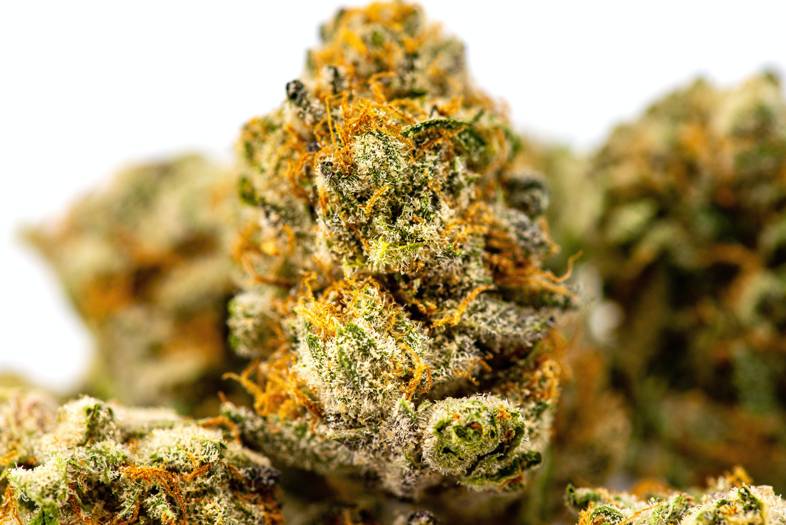

In conclusion.
Now that you have read the information about terpenes, it will be easier for you to understand why these substances are increasingly sought after and why we are trying to develop plants with a prevalence of individual terpenes.
If this speech has intrigued you and made you want to smell the fantastic aromas of CBD cannabis, visit our online shop at Justbob.
Choose from different varieties of legal weed, CBD oil and legal hash and get intoxicated with the flavours of your choice.
Our JustBob online store offers the best selection of CBD flowers, CBD hash, CBD oils, with the best delivery service and support for buying CBD online. We are waiting for you!

